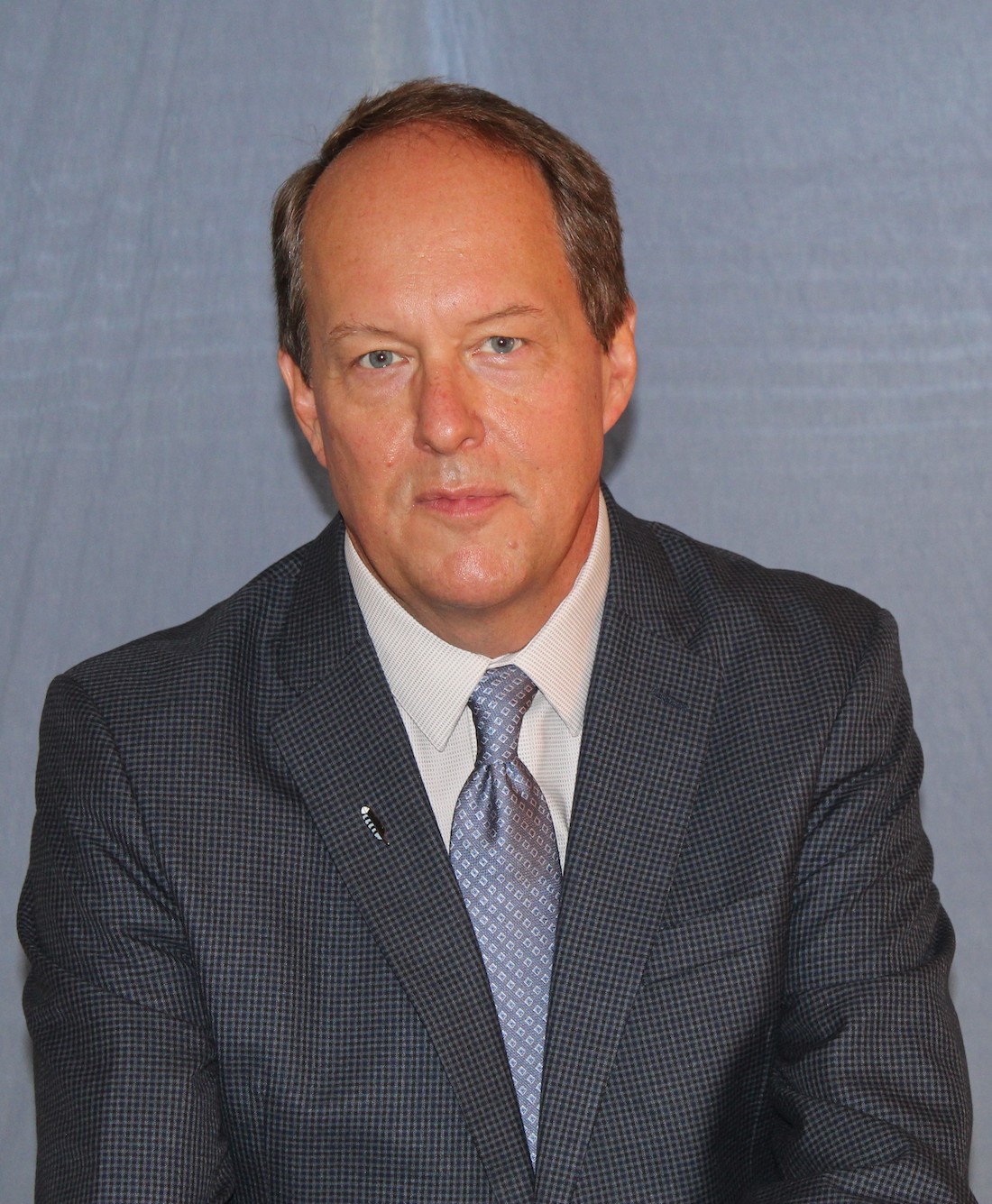What’s Next: 2 Leading Futurists Offer a Look Ahead
By Greg Beaubien
January 2022
Leaders often spend their time putting out fires rather than preparing for what’s coming next, Ray Day said. “There’s a reason the windshield of a car is bigger than the rearview mirror. Don’t look behind. Set your sights on the future.”
Day, vice chair of Stagwell, a global marketing and communications group and a member of PRSA’s Board of Directors, moderated the livestream webinar, “Meeting the Moment: Maintaining Organizational Relevancy in Times of Change,” on Oct. 15 during the Leadership Rally.
Day’s guests were Sheryl Connelly, chief futurist at Ford Motor Company, and Dan Fukushima, director and futurist at Toffler Associates, a strategic advisory firm.
“As futurists, we generally don’t want to say we predict the future, because that’s thinking about one outcome,” Fukushima said. “We want to prepare for multiple futures.”
Such expansive foresight requires “analyzing drivers of change and thinking about what direction those drivers can go,” he said. Having identified multiple eventualities, the question then becomes: “How would we respond?”
Coalitions and battlefields
Among the impetuses for change Fukushima considers are phenomena he calls “societal coalitions and collisions.”
Today, about 60 percent of the world population uses the internet, a number projected to reach 90 percent by the year 2030, he said. When seven billion people around the globe can directly connect with one another — helped by advances in translation technology — “What kind of impact is that going to have on society?” he said.
Widespread connection will build “virtual coalitions where people with shared values, or beliefs, or cultures can come together and find each other on an ad hoc basis,” Fukushima said. “But it also creates virtual battlefields where people have differences and they can fight on these battlefields within this virtual space.”
Power shifts
When preparing for the future from a business perspective, Fukushima’s firm also looks at what he calls “power shifts.”
“Today, a lot of power rests with traditional institutions like governments and corporations,” he said. “And the good thing about that, or at least the predictable thing, is that there are more written rules and norms that organizations can behave towards. But when you have these ad hoc coalitions of people being created, there’s more variability and a dynamic nature [regarding] the standards, practices and norms of society.”
He recommended that organizations plan for a future in which the rules they play by become variable. Will companies stick with their current guidelines, or let variations in the rules change how they operate?
Business leaders should proactively watch for disrupters on the horizon and ask themselves, “What does this mean to my organization, my function, my career?” Fukushima said. “It’s also important for individuals to prepare for multiple futures for their own careers and what kind of skills, functions and changes may occur” or need to be learned.
As the world becomes more connected, larger quantities of data will be generated. For PR and communications professionals, data-literacy skills will be crucial, he said.
Unstoppable changes
Brands often try to position themselves as innovators, but to do so successfully, “you have to imagine a future that no one else has yet to imagine,” Connelly said. “Change is unstoppable. It’s constant. And yet people still seem to be surprised by it. They often resist it, and occasionally resent it.”
In 2018, Ford’s research found that 66 percent of people surveyed were overwhelmed by changes occurring in the world.
“That’s a sobering number,” Connelly said. “Two-thirds are overwhelmed by changes taking place. But when you put COVID into the context and we repeated the same question, the number only went up by three percentage points, which was shockingly low, in our opinion. But it tells us that consumers are living with a low-level fever of anxiety … all the time.”
It used to be that consumer trust was dictated by the product itself, its quality, or the retail experience. But now, more people want to know what’s behind a brand and its products, she said. “What’s your supply chain? How are you treating your employees? What are you doing to build your community? These things are triggers for trust.”
In Ford’s research, 77 percent of people say it’s become harder to trust what companies say and do. At the same time, “The world’s very lonely,” Connelly said. “It’s been lonely for a long time. COVID made it much worse. This is why so many people want to feel a connection to the community, their work and the companies they choose to do business with.”
To prepare for the future under these conditions, “Look for the outliers,” she said. “Look for those extreme things that catch your attention and then ask yourself, ‘What if this were to increase or decrease?’ If your organization’s leaders are not thinking about the long term, you’re setting yourself up for a future of constraints over a future of choice.”
Prescience doesn’t just benefit what you do two years, five years or 10 years from now, she said. “It helps your organization today to have clarity about where you’re going and what obstacles you might encounter.”
Thinking of future disruptions as unknowns causes fear, Fukushima said. “Why are people afraid of the dark? It’s because of what they can’t see. Looking into the future and doing futures exercises is like shining a light into the dark.”



